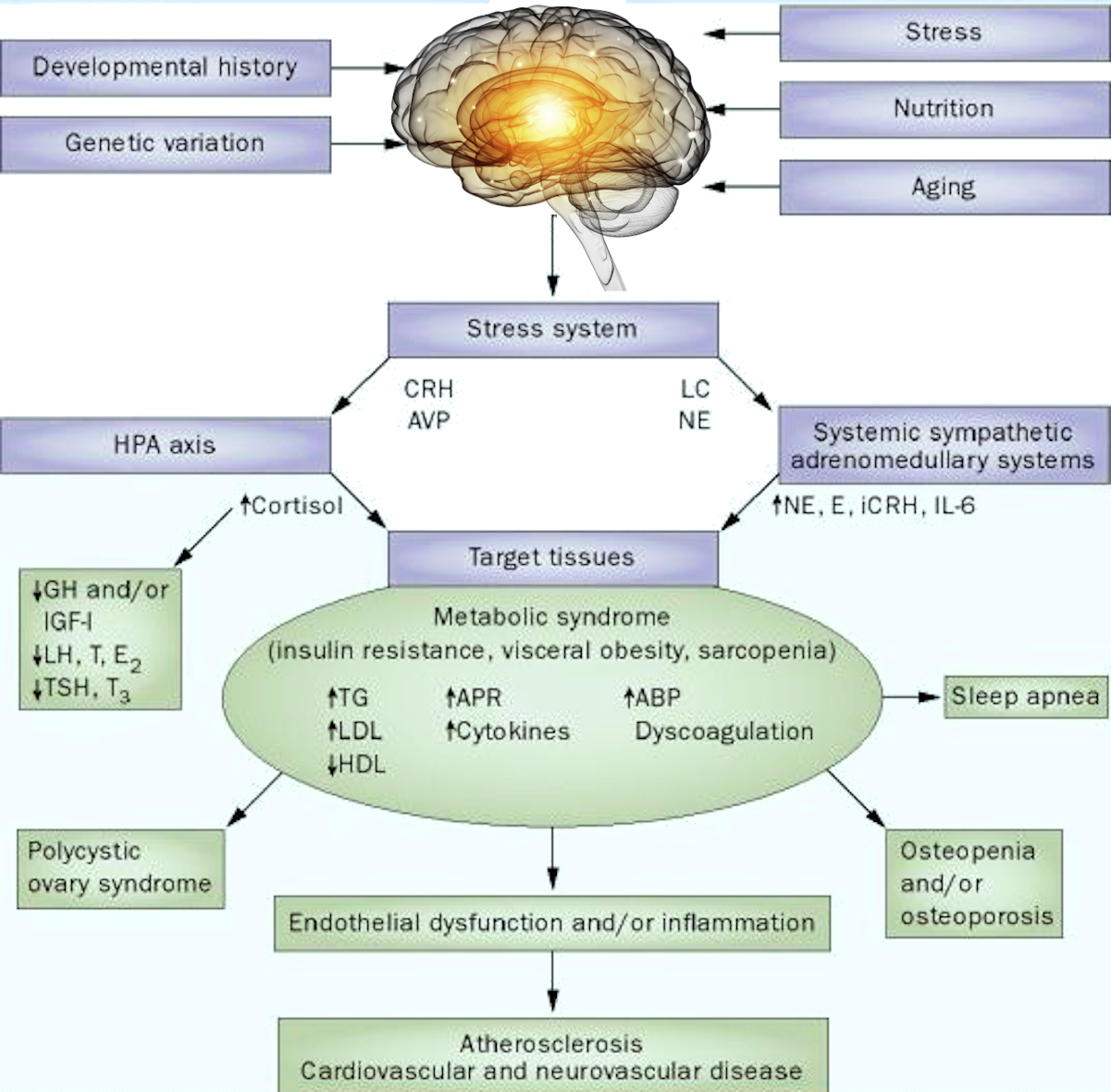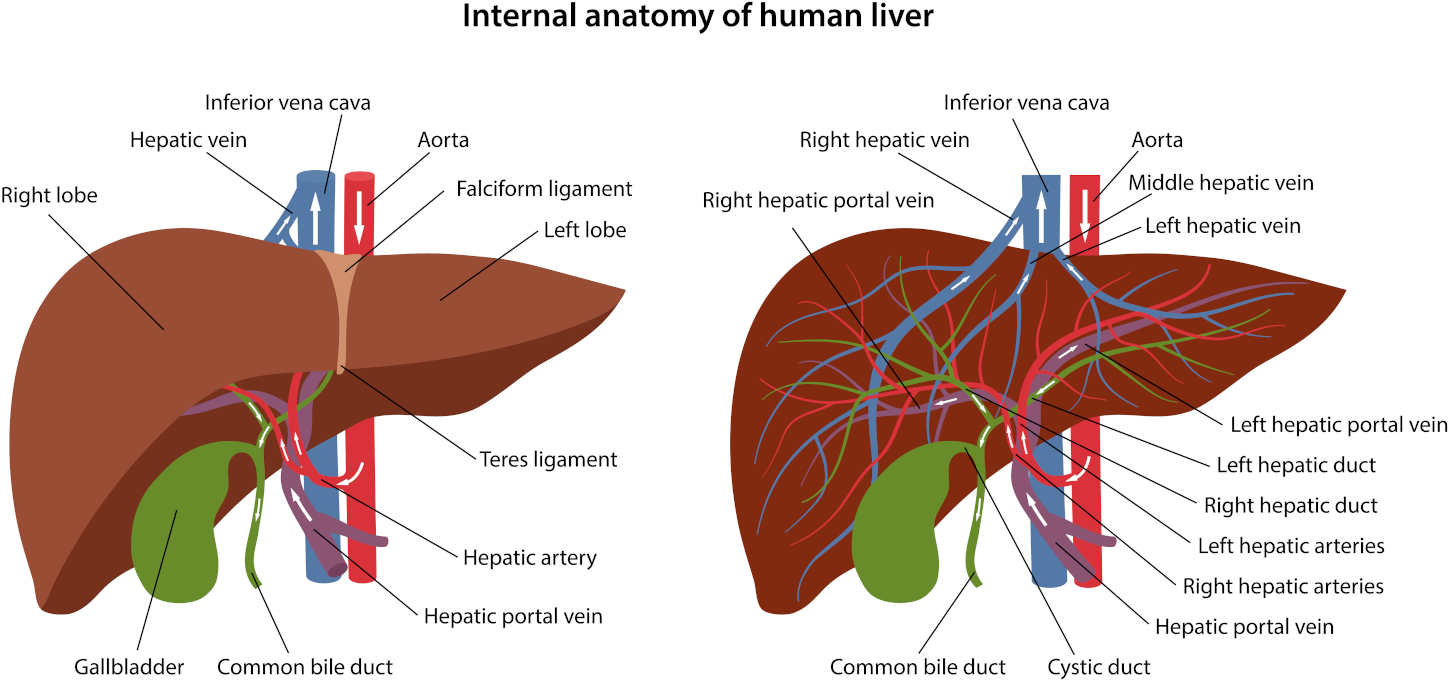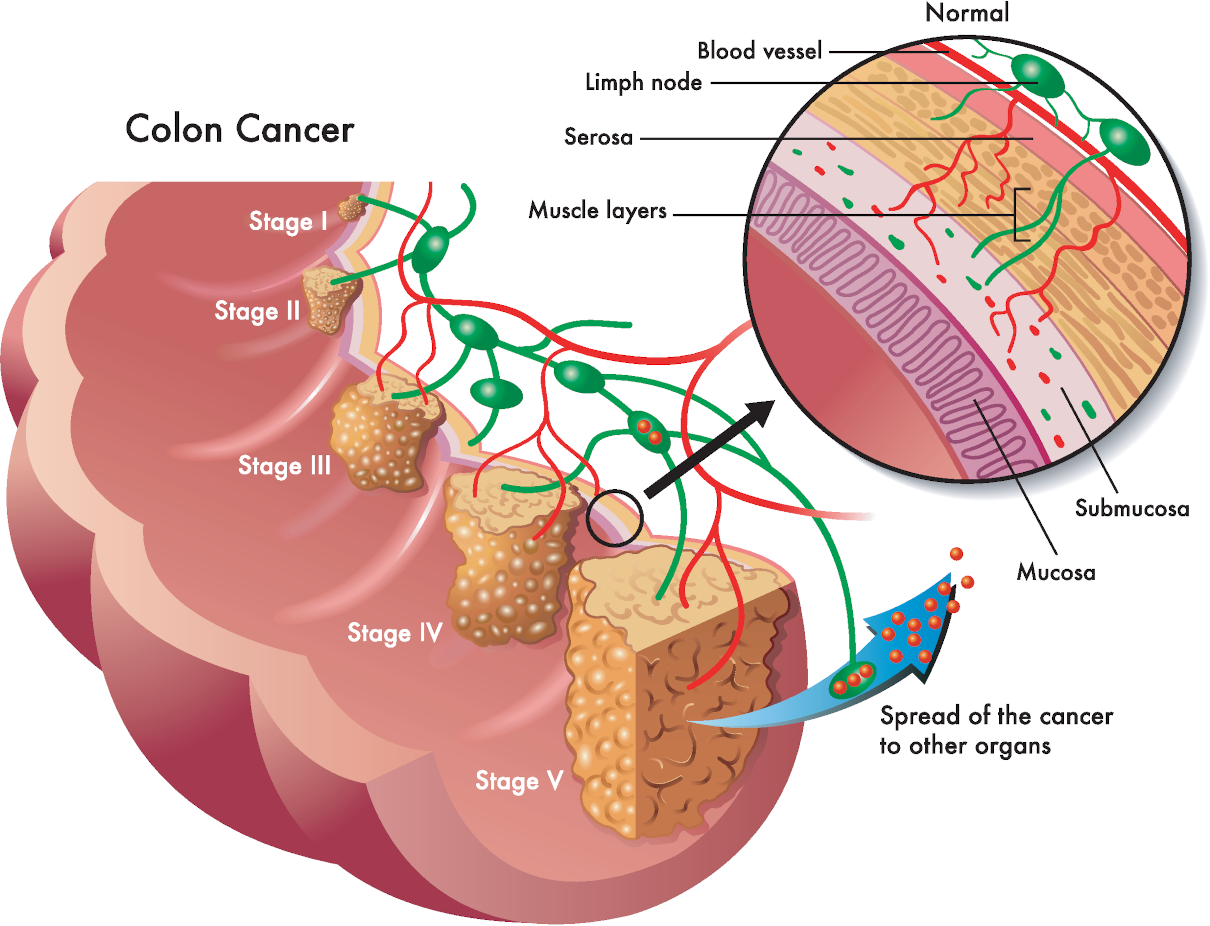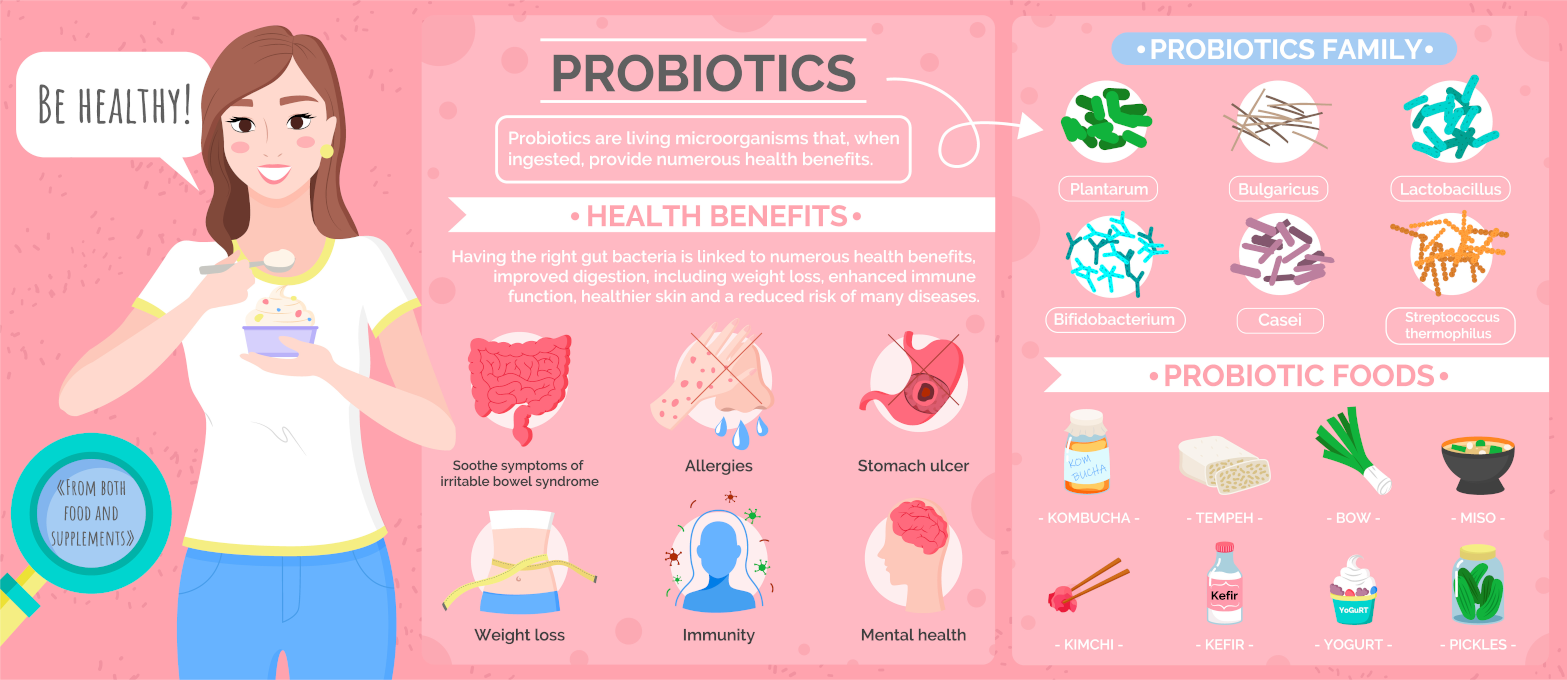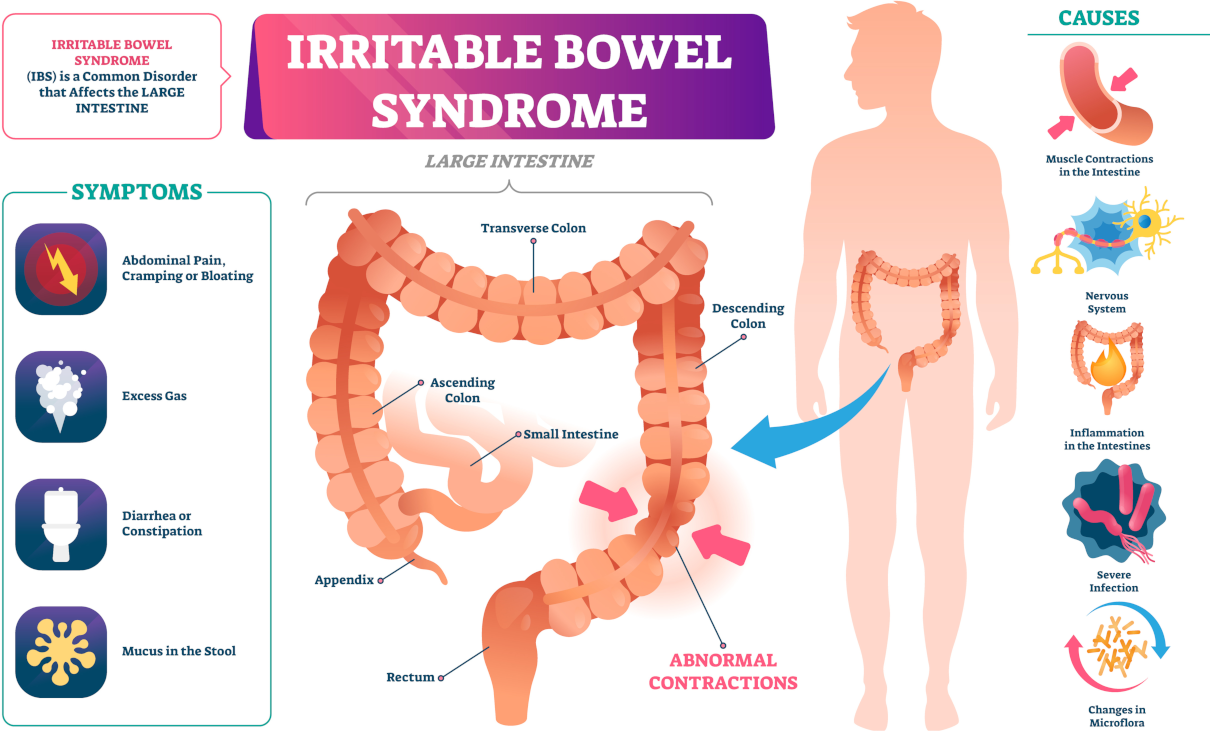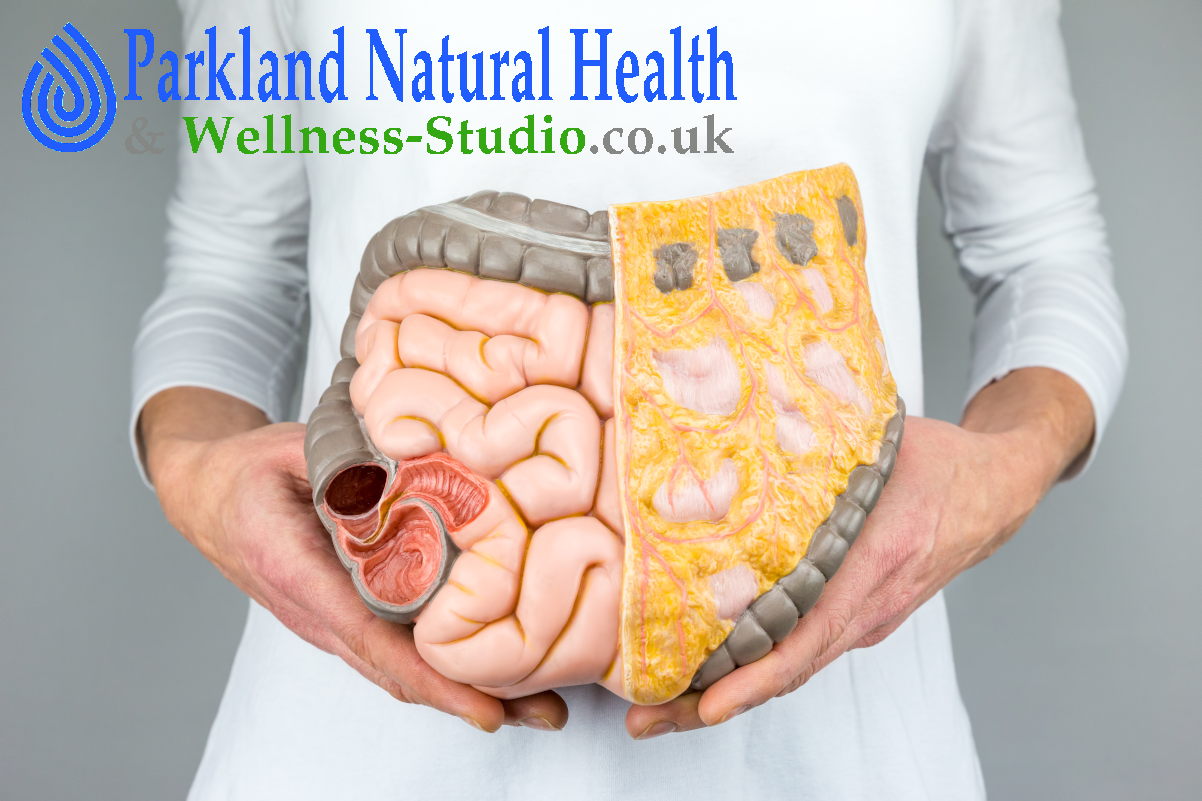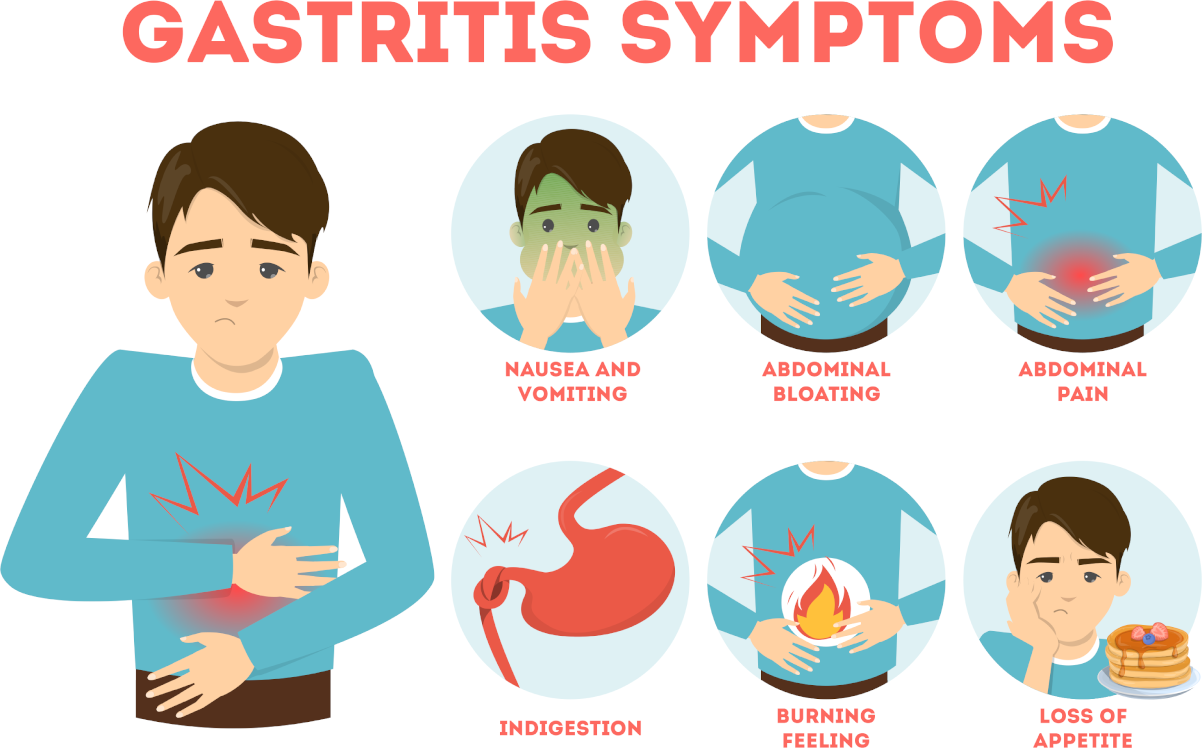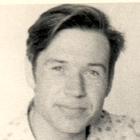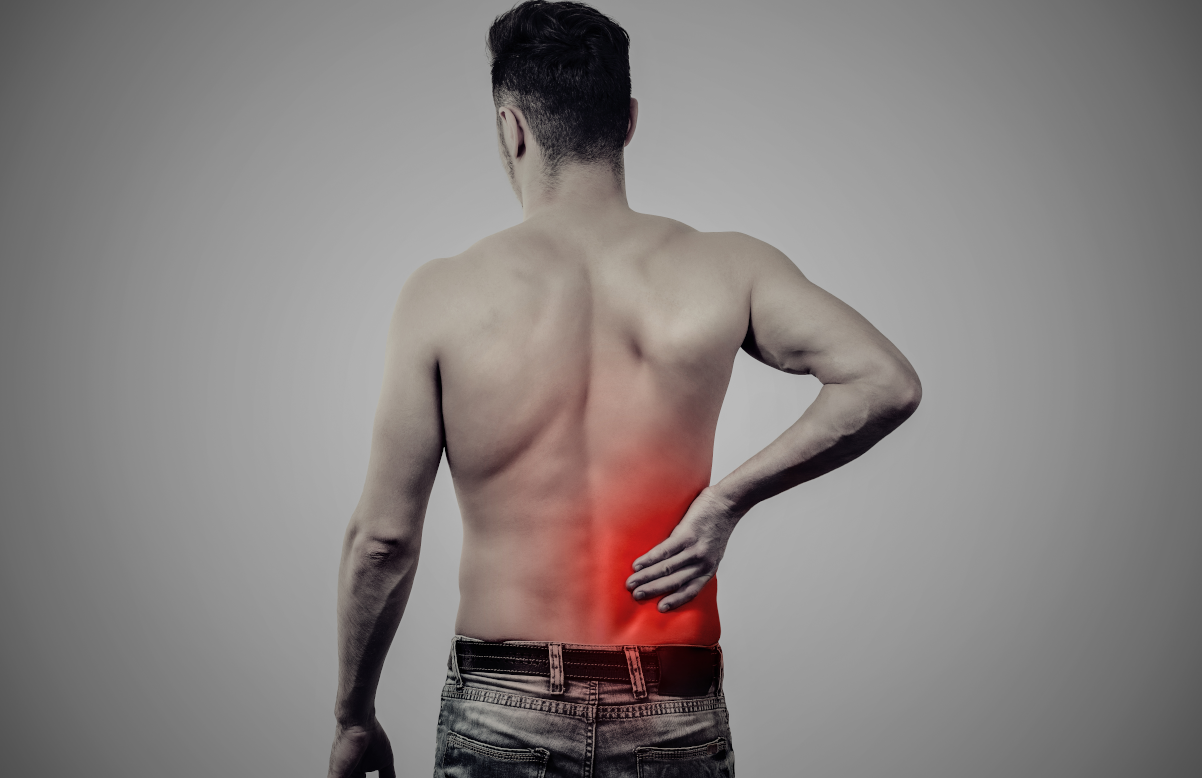
Radiculitis causes severe motor and vegetative disturbances. It develops when osteochondrosis affects the spinal cord roots.
Osteochondrosis is a degenerative-dystrophic process. It results from the loss of the cushion function by the intervertebral disks. It happens because the disk tissue’s degeneration decreases pressure within the disc. Except for traumas, the aetiology of discopathies is unknown.
Osteophytes and intervertebral joints
There is relative backbone instability in the segment accommodating the affected disk. The disease promotes the development of osteophytes (spondylosis). It also affects ligaments and causes arthropathy of the intervertebral joints (spondylarthrosis). Disk diverticula (a protrusion or a hernia) and osteophytes may compress the roots. As a result, it causes radicular pains. Besides, the actual affected spine tissue can cause local and radiation pain.
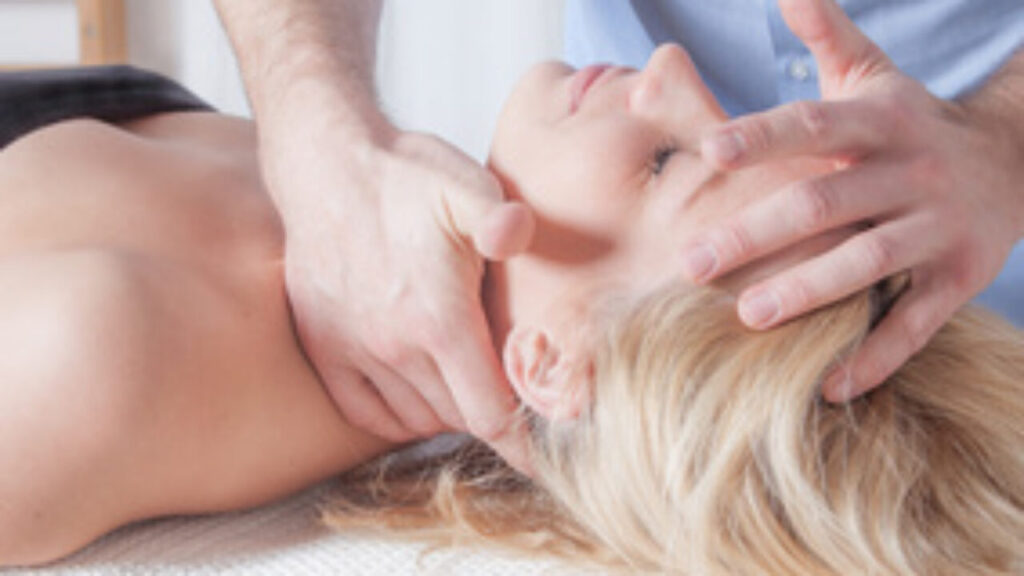
Initial osteopathic treatment and consultation
Find relief and restore balance with osteopathy at Parkland Natural Health. Initial osteopathic treatment with Gilly Arbuckle aims to reduce tension and restrictions, regain balance, and reduce pain or stiffness symptoms. The appointment includes a consultation and lasts forty minutes.
Pain syndrome
Angular movement, cold, negative emotions, infections, or lifting something substantial may cause pain. Vertebral osteochondrosis produces at least 95 per cent of all cases of lumbosacral and cervical radiculitis. However, a mechanical or compression factor generally provokes radiculopathies.
Local neurodystrophic changes in tendons, ligaments and muscles can also prompt the pain syndrome. These factors are especially salient in radiculitis cases accompanied by contractions of separate muscles. A rupture of the disk’s fibrous ring and lesion of the intervertebral joints’ capsules cause the first lumbar and cervical attacks.
The clinical picture of radiculitis
It mainly affects vegetative innervation, and the pain is diffuse (lumbago, myocytes). Radicular syndrome itself develops only when a hernia compresses the root. The spinal column form suggests that the lower cervical, lower thoracic and lower lumber departments bear the main burden. Therefore, the clinical picture reveals the compression of the roots primarily at these levels.

Food intolerance test of 208 ingredients
This is our most comprehensive food and drink test. It analyses your client’s IgG antibody reactions to 208 food and drink ingredients. This test will highlight their food triggers and help you formulate an IgG-guided elimination diet together.



